NURSING HEALTH ASSESSMENT 3rd Edition By Dillon – Test Bank
Chapter 05: Assessing the Respiratory System
Multiple Choice
Identify the choice that best completes the statement or answers the question.
____ 1. Which respiratory disorders may be genetically linked?
|
1) |
Emphysema |
|
2) |
Tuberculosis |
|
3) |
Cor pulmonale |
|
4) |
Pneumonia |
____ 2. Which is the best position to place the patient in to assess the lungs?
|
1) |
Supine |
|
2) |
Prone |
|
3) |
Fowler’s |
|
4) |
Side-lying |
____ 3. A respiratory rate of 20 for an adult patient is documented using which term?
|
1) |
Eupnea |
|
2) |
Dyspnea |
|
3) |
Bradypnea |
|
4) |
Tachypnea |
____ 4. Which definition best describes Kussmaul breathing, seen in diabetic ketoacidosis or lactic acidosis?
|
1) |
Progressively increasing, rapid, deep respiration that peaks and then gradually decreases |
|
2) |
Rapid and deep respirations |
|
3) |
Irregular rate and depth that alternates with periods of apnea |
|
4) |
Regular breathing pattern followed by brief periods of apnea |
____ 5. Pursed-lip breathing is most often seen in patients with which disease process?
|
1) |
Asthma |
|
2) |
Pneumonia |
|
3) |
COPD |
|
4) |
Cor pulmonale |
____ 6. The nurse notes clubbing of the nails during the physical assessment. Based on this data, which condition does the nurse suspect?
|
1) |
Iron deficiency anemia |
|
2) |
Hypoglycemia |
|
3) |
Hyperthyroidism |
|
4) |
Polycythemia |
____ 7. Which is the reason for assessing a patient’s chest excursion?
|
1) |
Monitoring for complete or partial airway obstruction |
|
2) |
Monitoring for pleural effusion |
|
3) |
Monitoring for pneumothorax |
|
4) |
All of the above |
____ 8. On auscultation of the patient’s lung fields, crackles that do not clear with coughing are heard bilaterally at the bases. Which conclusion by the nurse is the most appropriate based on these assessment findings?
|
1) |
Collapsed alveoli popping open |
|
2) |
Fluid in the lungs |
|
3) |
Rales auscultated at the bases |
|
4) |
All of the above |
____ 9. Upon palpation of the patient’s rib cage, the nurse notes a crackling sensation like crumpling cellophane. Which conclusion by the nurse is appropriate?
|
1) |
Fluid leaking into the surrounding tissue |
|
2) |
Air leaking into the surrounding tissue |
|
3) |
Infection of the lung |
|
4) |
Cancer in the lung |
____ 10. The nurse asks the patient to repeat saying the number “99” several times as the rib cage is lightly palpated. Which is the nurse assessing for using this technique?
|
1) |
Fremitus |
|
2) |
Egophony |
|
3) |
Excursion |
|
4) |
Crepitus |
____ 11. Which assessment finding could indicate that the patient has lung cancer?
|
1) |
Clear sputum |
|
2) |
Crackles upon auscultation |
|
3) |
Eupnea |
|
4) |
Fatigue |
____ 12. An adult patient is admitted to the hospital with an acute exacerbation of chronic obstructive pulmonary disease (COPD). During the health history the patient admits dyspnea on exertion (DOE), cough, weight gain, and swollen ankles. Which of these findings is most frequently associated with respiratory disorders?
|
1) |
DOE |
|
2) |
Cough |
|
3) |
Weight gain |
|
4) |
Swollen ankles |

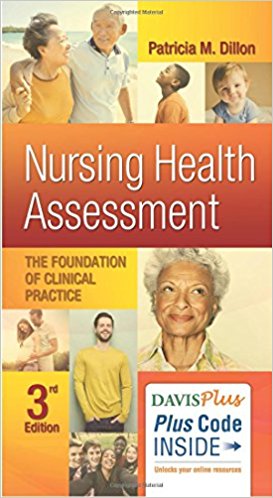
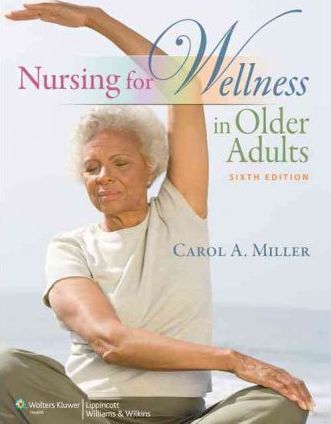
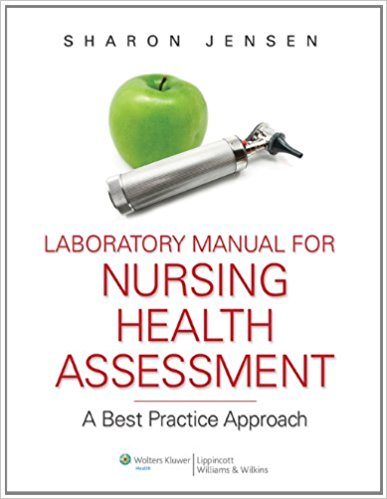




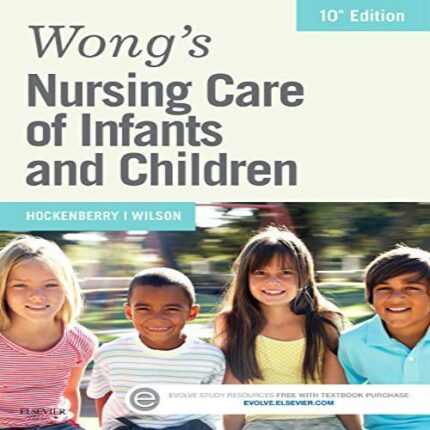

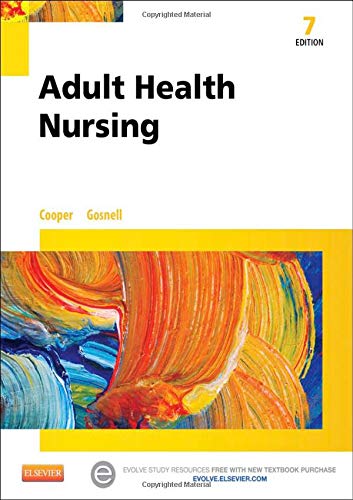
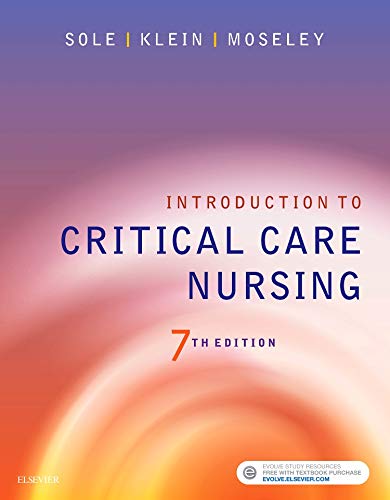


Reviews
There are no reviews yet.